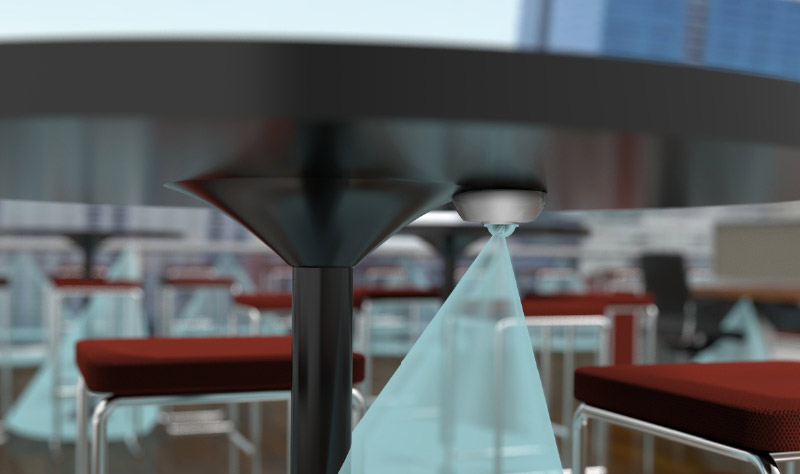What will offices be like in the future? Current by GE and Osram provided some insights about how offices evolve with technology and noted that connectivity and smart lighting might be the fundamental infrastructure for setting up the future offices.
Apart from providing “lighting-as-a-service”, Osram now positioning itself as a high-tech photonic company, sees the trend of “space-as-a-service” in the commercial real estate industry.
Space-as-a-service refers to space that is procured on-demand; corporations and individual freelancers could rend spaces by months, weeks, days or even hours. In this case, tenants are considered clients and spaces are viewed as services instead of asset. The idea also suggests that working places offers amenities and services to improve working productivities.
Technology development in connectivity and smart lighting are essential supports for space-as-a-service. Given the mobility and flexibility of modern workers, constant connectivity is indispensable. In addition, we are living in an age of digital transformation where data is collected, shared and used in new ways across different networks and applications. An existing data network infrastructure can become the foundation that delivers new insights and business intelligence that enables new applications.

(Image: Current by GE)
On the other hand, Current by GE provides real-word IoT services for its clients to optimize their workplace, creating a frictionless workspace that leverages digital solutions to take away annoyances or productivity drains. Current collects data via sensors installed with LED retrofit and transmit the information to wireless area controller (WAC). These operation offset the upfront costs associated with the platform by reducing energy spend. The same devices that are used to sense occupancy for meeting room management or space optimization solutions can also be used to setup more advanced lighting controls.
Alyson Kjeldahl, Customer Success Manager at Current by GE, said, “We’re seeing a shift from your traditional workspace to a smart, enabled workplace. As employees, we’re going to start feeling the tech experience of our personal lives extend to our work lives.”





 CN
TW
EN
CN
TW
EN






